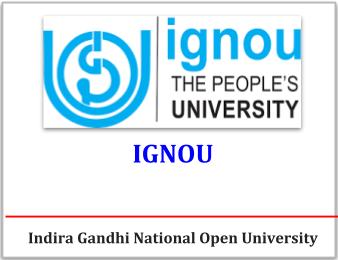(HOT) UPSC Current Affairs 2025 PDF
NEW! The Gist (NOV-2025) | E-BOOKS
IGNOU HISTORY NOTES : History Of China and Japan (1840-1949) - Japan and World War I

IGNOU HISTORY Study Notes for IAS, UPSC Exams
History Of China and Japan (1840-1949)
Japan and World War I
Structure
20.0 Objectives
20.1 Introduction
20.2 Background
20.3 The First World War
20.4 The Post-War Situation
20.5 The State of Economy
20.6 The Liberal Opinion
20.7 Let Us Sum Up
20.8 Answers to Check Your Progress Exercises
20.0 OBJECTIVES
In this Unit you will learn about:
- the maturing of the Japanese economy,
- the political developments of the Taisho period,
- the early expansionism of Japan,
- the role and attitude of Japan during the World War and
- Japan's external relations.
20.1 INTRODUCTION
The outbreak of World War-I created an opportunity for Japan to solve some of its
problems in the economic and political spheres. To understand these developments it
is necessary to examine the developments from the end of the Russo-Japanese war of
1904-5. This war was a major turning point for Japan and marked its emergence as a
powerful actor on the international scene. Hence this Unit starts with a discussion on
the Asian political scene before the World War.
The First World War provides a useful point to examine the manner in which Japan was
transforming its internatiorial role. From the period of the Russo-Japanese war Japan
was faced with the question of which countries to ally with and linked to this was also
the problem of its relations with China and other neighbours. These questions were not
debated academically but linked with the internal political alignments and factional
struggles. The political parties as well as the factions within the army, the navy and the
bureaucracy expressed differing strategies. Broadly these fell into groups which
advocated a Greater Japan and wanted it to expand northwards - an expansion that
would bring it into conflict with Russia. The advocates of a little Japan looked
southwards as the natural area of Japanese advance.
In these debates Japan's relations with Russia and China became crucial. During these
years Japan advanced steadiiy in China extending its influence and deepening its
control. This brought it closer to Britain and the United States as well, for Japan was
on the side of the Allies in the World War.
Internally the expansionist policy meant increased expenditure on the army as well as
the navy. This economic burden created tensions, both in the economy as well as
between different political groups. The Rice Riots of 1918 were one such expression of
the problems created for the people. These are the various aspects dealt with in this
Unit.
The end oi the War saw the creation of the Versailles System and the Unit also takes
into account how Japan reacted to the new order and what it visualized as its role in the
world.
Click here to download full Chapter
Courtesy: eGyanKosh


